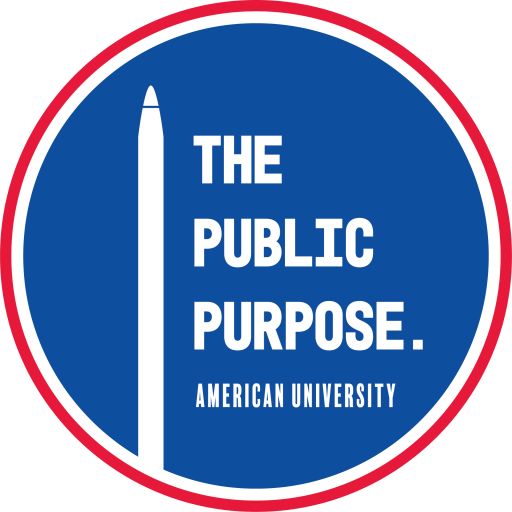Abstract
Senator Cory Booker (NJ) and Rep. Bonnie Coleman (NJ) introduced S.2746 and H.R.6467 to establish a federal jobs guarantee program in at least 15 high-unemployment communities and regions across the United States. These pilot 15 unemployed communities must follow the following criteria to be accepted, “has an unemployment rate that is not less than 150 percent of the national unemployment rate, as determined by the Bureau of Labor Statistics (except in the case of tribal entities which may submit their own employment data where no such Federal data is available for such entities) based on the most recent data available at the time the Secretary solicits applications for grants under this section (S.2746, 2017).” The pilot program will be available to anyone over the age of 18 residing in the unemployed community, and the program should be eliminated no later than three years since the program began. These criteria signal that many modes and impacts will be evaluated to signal the success of the program, and with the political standstill in the country, many of these criteria have various definitions of what classifies as a success. The idea of generating more income for the public will boost our overall economy and reduce the wealth inequality that encompasses the country. However, the policy may not be able to completely solve unemployment, and it is also true that we cannot continually borrow more and more funds to fund another long-term investment. Ultimately, the intrinsic and extrinsic costs of implementing this policy outweigh the potential benefits the Federal Job Guarantee plan has to offer.
prateek-patel-federal-job-guarantee
